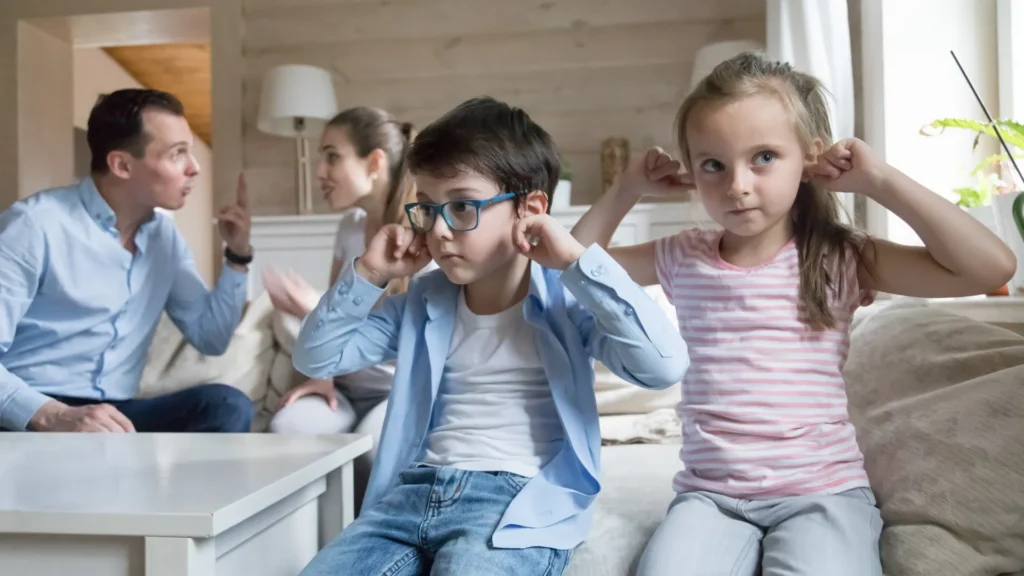Conflict between spouses is natural—no human relationship exists without it. But when those conflicts unfold in front of children, the situation becomes more delicate. Now, it’s not only about how each partner feels, but about what a young, impressionable mind sees and hears, absorbing lessons silently about how to think, how to love, and how to argue.
A child doesn’t possess the tools for interpretation that adults do. They don’t see arguments as a normal part of life—they feel them as tremors shaking the foundation of their small world. When they hear shouting, see a parent walk away in anger, or notice unspoken tension, they begin to build their own meaning: Was it my fault? Is our family falling apart? Does love vanish just like that? These questions often go unspoken, yet they linger and shape a child’s future understanding of relationships.
This is why it’s not enough to shield children from conflict—we must also show them how to disagree mindfully. We need to demonstrate that conflict doesn’t mean cruelty, that anger doesn’t mean abandonment, and that love doesn’t disappear with the first disagreement. They need to witness us disagree, then calm down, then apologize, then reconnect. This is true parenting: offering a model that reassures them that strong relationships aren’t built on the absence of problems, but on the wisdom to resolve them.
It’s vital that conflict stays within respectful bounds—no insults, no threats, no unforgettable words. Both partners must remember that young eyes are watching, and every act now becomes a brick in the emotional architecture of a child too small to defend themselves. Love is not only proven in moments of tenderness—it’s shown in how we handle difficulty, too.
Conflict in front of children doesn’t have to be a moment of fear—it can be a moment of teaching. A quiet way to say: “We love each other, even when we disagree. And we love you enough to learn how to do this better.”

